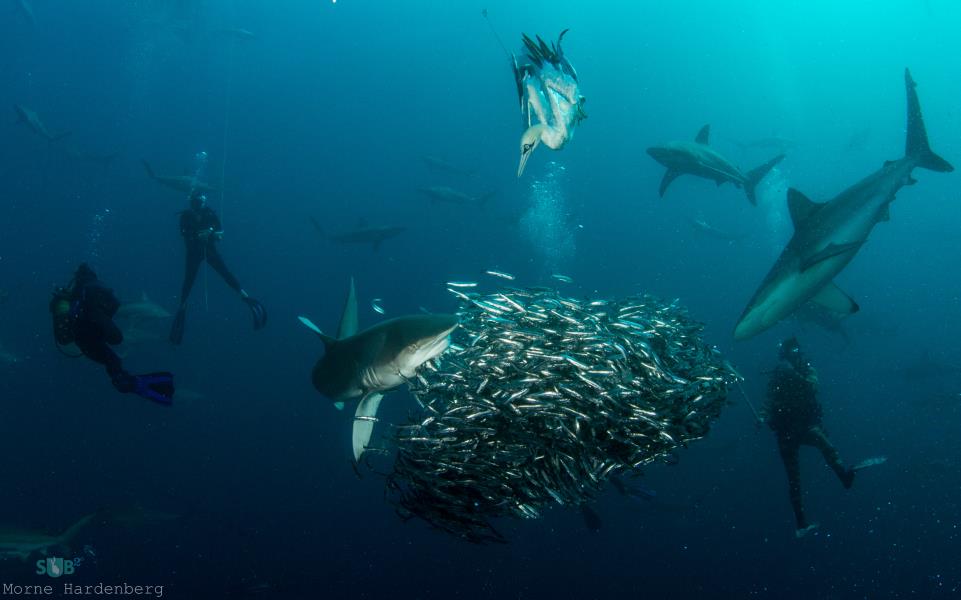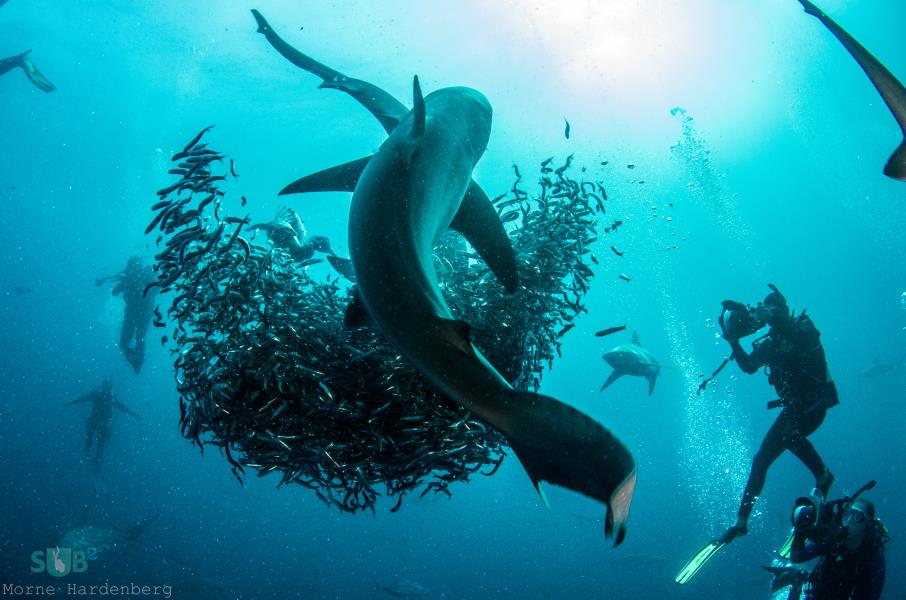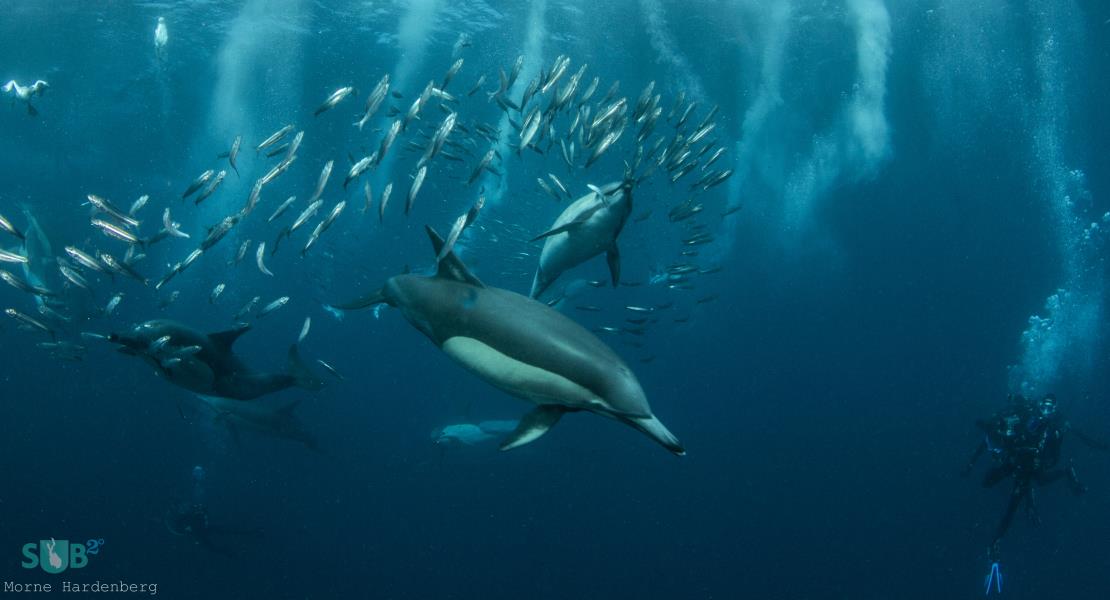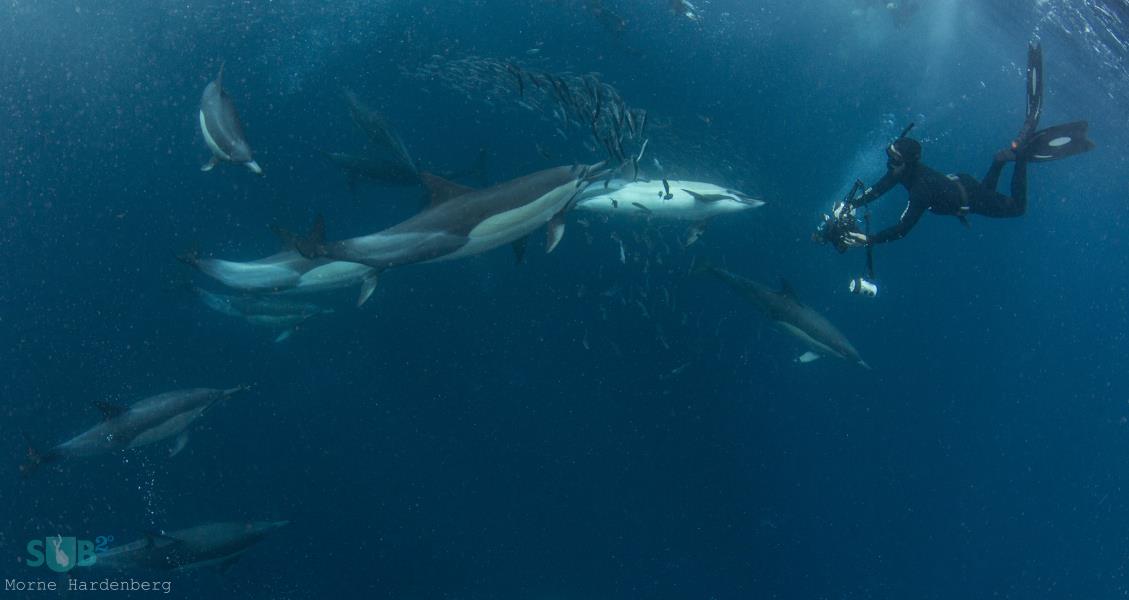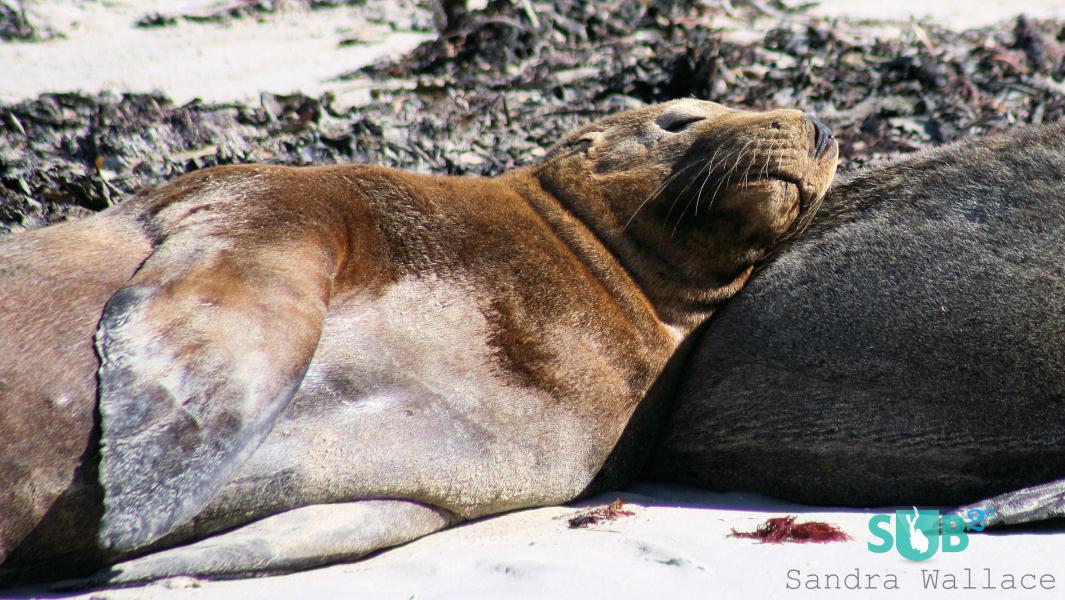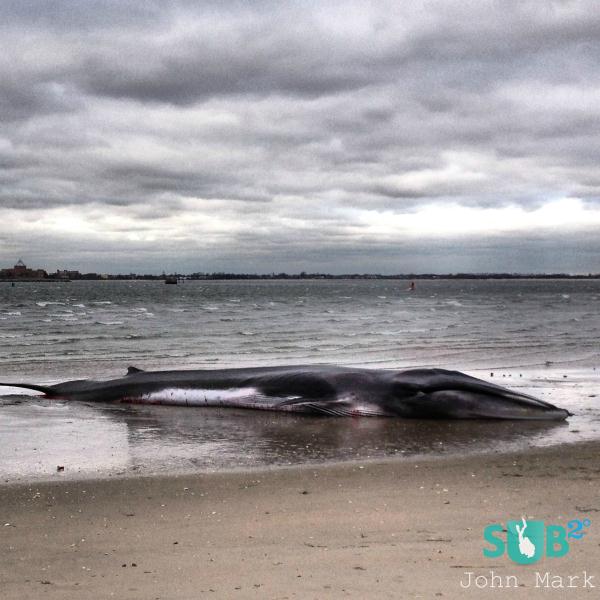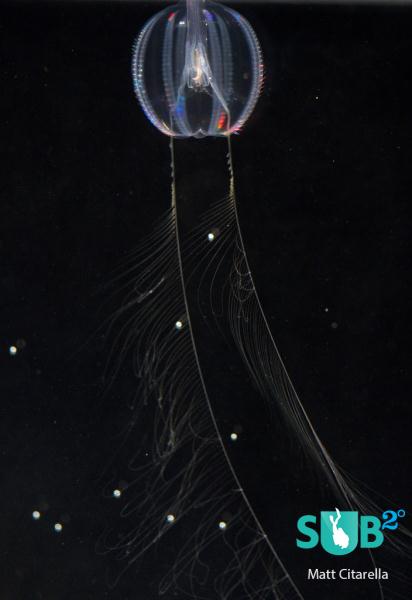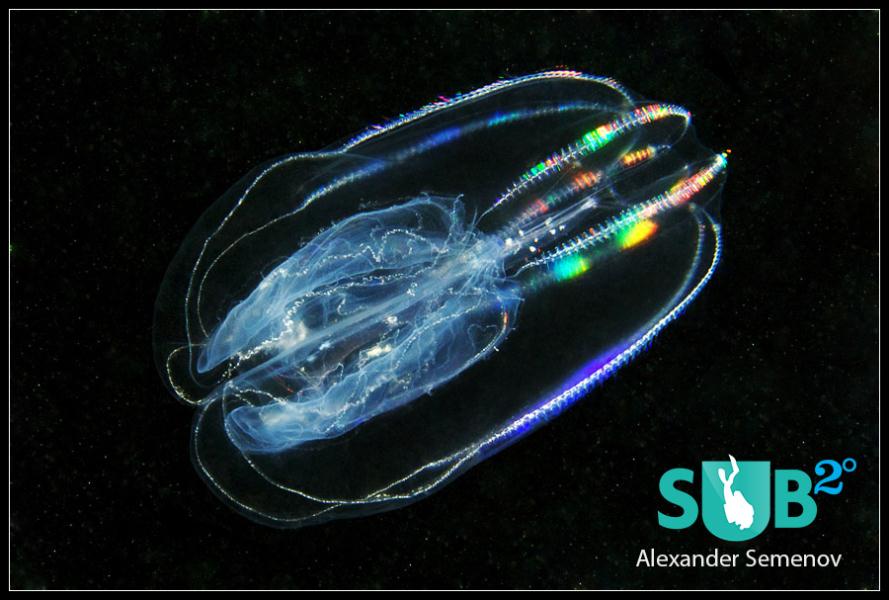I am 22 years old and currently completing my Honours degree in Marine Biology at Stellenbosch University, Cape Town, South Africa. I aspire to become the best Marine Biologist of my generation and ultimately increase awareness in the conservation of our oceans and the fauna and flora that occupy it. “We will never know our full potential unless we push ourselves to find it. It’s this self discovery that inevitably takes us to the wildest places on earth.” - Travis Rice
Show
Following & Followers
-
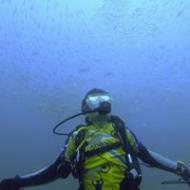
-

-

-

-

-

Scott Johnson (mojaveskies) PADI Open Water Diver
-

-
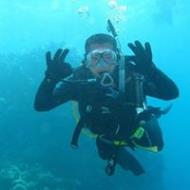
-
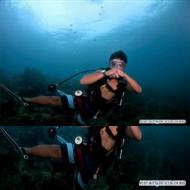
faridz rudy (tamtam) sdi open water instructor.
-
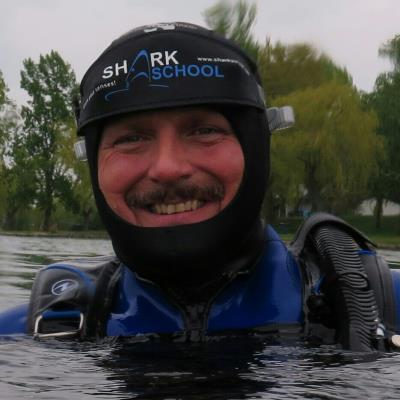
Gerald (Don Barolo) I started 2 years ago with diving. The most beautiful part where I have been diving, located around Veligandu - Maldives. Already made AOWD and the next course is the Rescue Diver :-) Im a DiveYunkey :-)

How Free-Willy became an Apex Predator
Killer Whales are not only one of the fastest animals in the ocean, but their complex hunting strategies and unique abilities to learn, memorize and implement teamwork has made them a force to be reckoned with throughout the world’s oceans. Looking at their multiple hunting techniques, we highlight the intelligence and versatility of this magnificent mammal.
Posted on: August 23, 2019
Sub2o Post
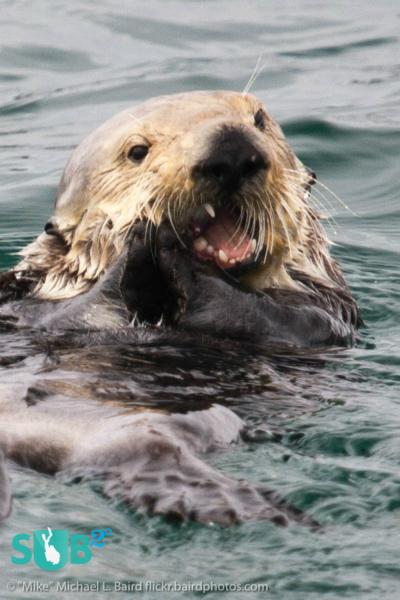
The 12 Most Endangered Marine Mammals (Part 2)
Part 2: Blubber & fur. The IUCN Red list of threatened species indicates that approximately 447 marine species are currently listed as endangered of which 188 are in critical condition. Taking a look at the 12 most endangered marine mammals, we discuss the causes of their depletion and their current major threats.
Posted on: August 16, 2019
Sub2o Post
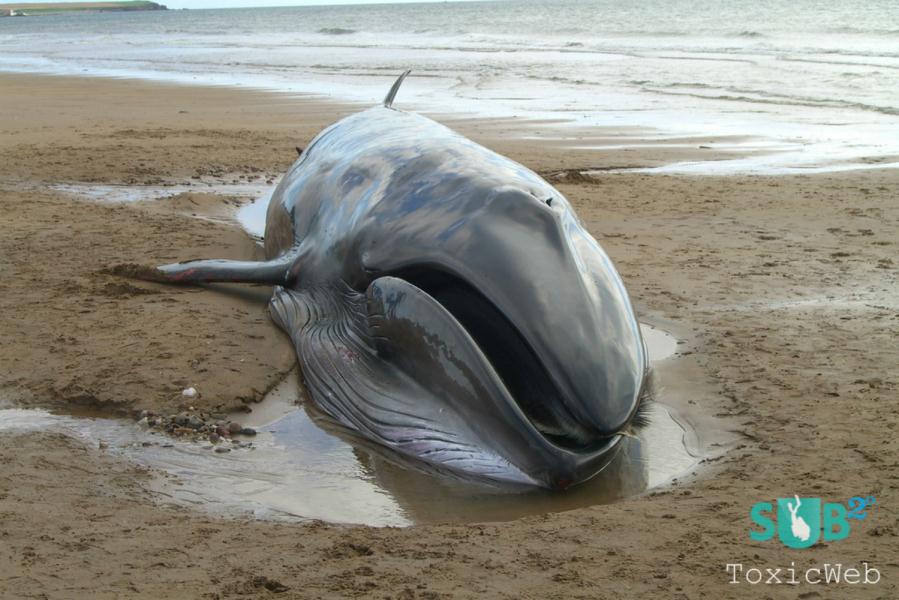
The 12 Most Endangered Marine Mammals (Part 1)
Part 1: The Gentle Giants. The IUCN Red list of threatened species indicates that approximately 447 marine species are currently listed as endangered, of which 188 are in critical condition. Taking a look at the 12 most endangered marine mammals, we discuss the causes of their depletion and their current major threats.
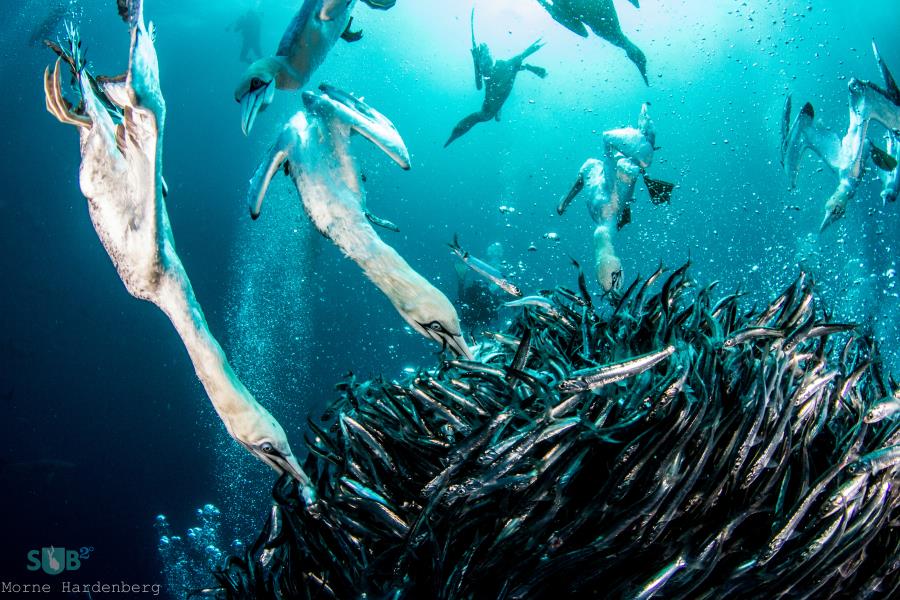
The Most Extraordinary Shoal on Earth
The Sardine Run is a spectacular phenomenon that occurs each year between June and July along the KwaZulu-Natal coast in South Africa. The massive shoal, that is even visible by satellite, attracts a melee of predators that partake in a feeding frenzy. It is described as a "wildlife extravaganza", and it is so immense, it rivals that of the Great Wildebeest migration across the African savanna!
Posted on: December 22, 2017
Sub2o Post
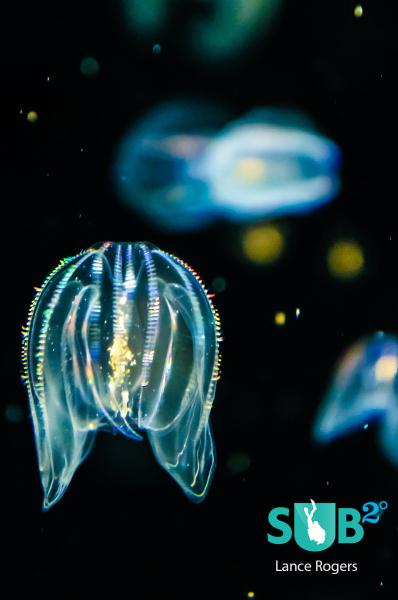
Comb Jellies: The Lanterns of the Ocean
Ctenophores, or more commonly know as comb jellies, is a group of gelatinous zooplankton globally distributed throughout the open ocean. The morphological similarities between comb jellies and jellyfish make these exquisite animals easily mistaken for ‘stingers’, but the absence of stinging cells and their iridescent colour displays make comb jellies the stingless lights of the ocean.
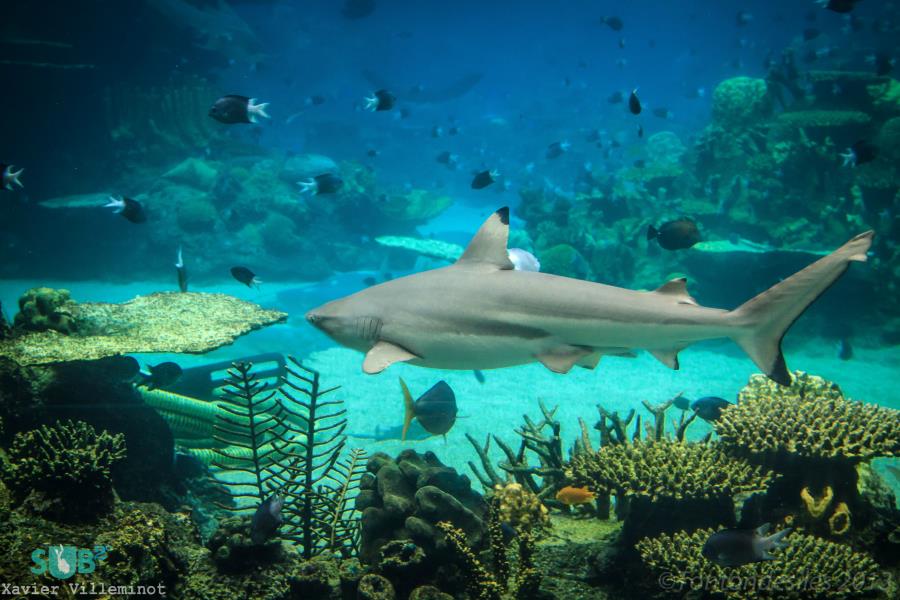
Adapt or Die: Hybrid Sharks and Climate Change
Multiple generations of the first interbred sharks were found off the east coast of Australia. It is believed that the hybridization between the Australian blacktip and the common blacktip enables the sharks to adapt to environmental changes.

